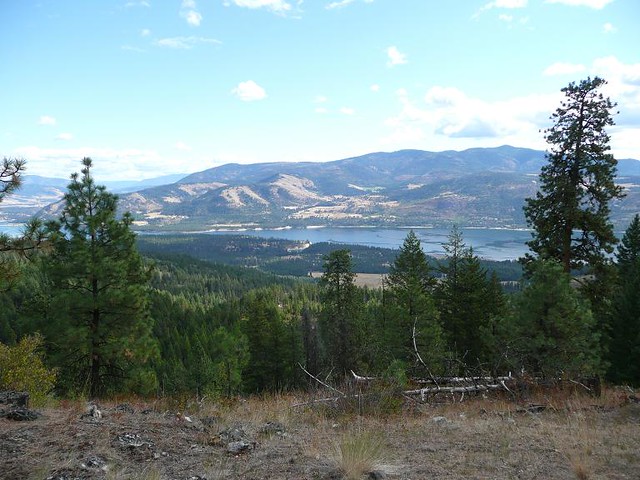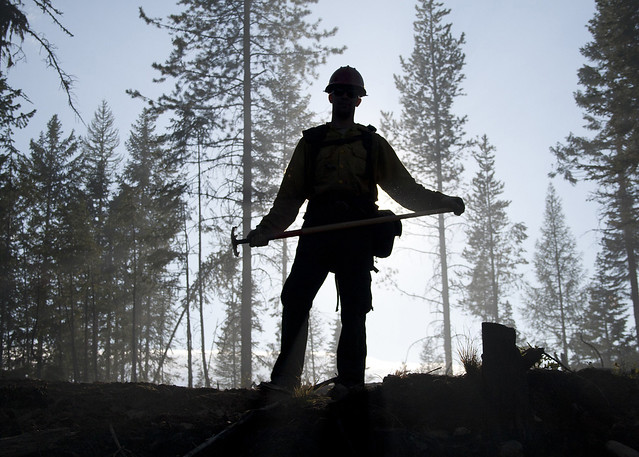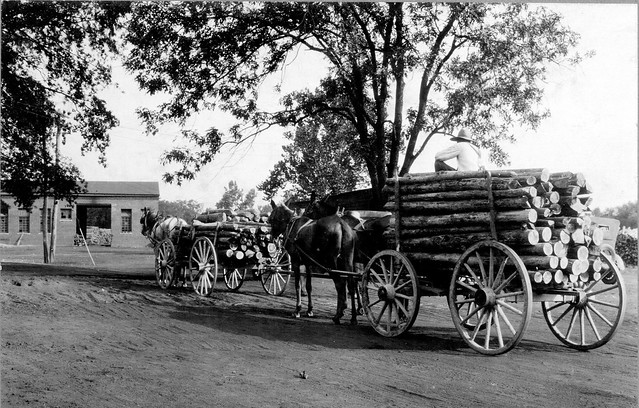
“From birth to death, natural resources, transformed for human use, feed, clothe, shelter, and transport us. Upon them we depend for every material necessity, comfort, convenience, and protection in our lives. Without abundant resources prosperity is out of reach.”
-Gifford Pinchot, first chief of the Forest Service
National forests and grasslands—and indeed all of America’s public lands—draw visitors from all over the world. There is no other land management system quite like it.
National forests are well known for their ecological, recreational, and cultural values. This is why they are sometimes called “America’s backyard.” The name is well-earned. National forests and grasslands are incredible natural resources and national treasures.
But what if a national forest actually is your backyard, or something close to it?
There are 174 national forests and grasslands in the United States and Puerto Rico. The rural communities surrounding these lands often rely on the forests to help support their way of life, historically, culturally, and especially economically.
The Colville National Forest in northeastern Washington State is a good example of a thriving forested community, due in part to the economic opportunities made possible by the forest itself.
More than 600 jobs in the timber, livestock, recreation, tourism, and other industries are made possible by the forest being there. This amounts to more than $24 million in annual labor income for these communities.
This is evident in the way land management planning is moving forward in the Forest Service. As forests like the Colville develop long-term visions for their future management, increasing forest health and productivity to better support rural communities is a priority.
As the Colville moves forward, their revised plan maintains grazing capacity for nearly 30,000 adult cows, since 99 percent of the forest is suitable for grazing under the plan. It also increases timber output by a planned 62 million board feet, which could add more than 200 timber-related jobs. However, labor income has the potential to jump by $12 million annually, which could support around 830 jobs. The increased timber output has the added benefit of helping to reduce wildfire risk.

To put things into perspective, the two Washington Counties in which most of the Colville is located have a population of fewer than 21,000 residents. An additional 200-plus jobs in the area would be very impactful.
“Our Forest has been working hard in our community to increase our relevance,” said Rodney Smoldon, Colville National Forest Supervisor. “We are using all the authorities that Congress has given us to increase the pace and scale of forest restoration.”
This philosophy of fostering sustainable, productive use of national forests and promoting rural prosperity is part of the USDA Strategic Goals. More than that, it is based on the principles upon which the Forest Service was founded.

